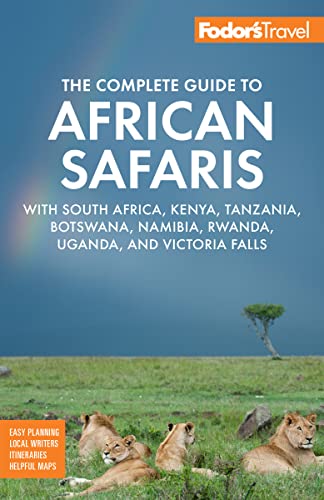This wildly beautiful but dangerous shore, a third of Namibia's coastline, stretches from the Ugab River in the south to the Kunene River, the border with Angola, in the north. The Portuguese seafarers who explored this area in the 15th century called this treacherous coast with its cold Benguela current and deadly crosscurrents the "Coast of Death." Its newer, no-less-sinister name, the Skeleton Coast, testifies to innumerable shipwrecks, lives lost, bleached whale bones, and the insignificant, transient nature of humans in the face of the raw power of nature. Still comparatively unknown to tourists, this region has a stark beauty and an awesomely diverse landscape—gray gravel plains, rugged wilderness, rusting shipwrecks, desert wastes, meandering barchan dunes, distant mountains, towering walls of sand and granite, and crashing seas. You'll rarely see more than a handful of visitors in this inaccessible and rugged coastal area. This isn’t an easy ride, as distances are vast, amenities scarce or nonexistent, and the roads demanding. Don't exceed 80 kph (50 mph) on the gravel roads, and never drive off the road on the ecologically vulnerable salt pans and lichen fields: the scars left by vehicles can last for hundreds of years and do irreparable damage.
Skeleton Coast National Park extends along this rugged Atlantic coast and about 40 km (25 miles) inland; the 200-km (125-mile) stretch of coast from Swakopmund to the Ugab River is the National West Coast Tourist Recreational Area. You can drive along a coastal road right up to Terrace Bay, and for the first 250 km (155 miles) from Swakopmund north to Terrace Bay you'll find not sand dunes but glinting gravel plains and scattered rocks. Stop and sift a handful of gravel: you may well find garnets and crystals among the tiny stones. In other places the plains are carpeted with lichens—yellow, red, orange, and many shades of green. In the early morning these lichen fields look lushly attractive, but during the heat of midday they seem dried up and insignificant. But don't whiz by. Stop and pour a drop of water on the lichens and watch a small miracle as they unfurl and come alive. If you're a birder, the salt pans on the way from Swakopmund to Henties Bay are worth a visit; you might spot a rare migrant wader there. The famous Namibian oysters are farmed here in sea ponds—don't leave Namibia without tasting these. The surreal little seaside holiday town of Henties Bay is like a deserted Hollywood back lot in winter, but in summer is full of holidaying Namibian fisherfolk from Swakopmund, Windhoek, and Tsumeb.
You'll smell the hundreds of thousands of Cape fur seals (Arctocephalus pusillus pusillus) at the Cape Cross seal colony, north of Henties Bay, long before you get there, but stifle your gags and go goggle at the seething mass on land and in the water. If you visit in late November or early December, you can "ooh" and "aah" at the furry baby seal pups, as well as the marauding jackals looking for a fast-food snack. Farther north the dunes begin, ending in the north at the Kunene River, Namibia's border with Angola. This northern stretch of coast from the Ugab River to the Kunene River is managed by the government as a wilderness area and accounts for a third of Namibia's coastline. But if it's lush green pastures and abundance of game you want, then this raw, rugged, harsh, and uncompromising landscape isn’t for you. What you’ll find are dramatically different scenery—big skies and unending horizons—an absence of tourists ("crowds" around here means one or two vehicles), and some wildlife: brown hyenas, springbok, oryx, jackals, and, if you're really lucky, a cheetah or rhino. The sight of a majestic oryx silhouetted against towering sand dunes or a cheeky jackal scavenging seal pups on the beaches is extremely rewarding. The best activity, however, is just concentrating on the freedom, beauty, and strange solitude of the area.






